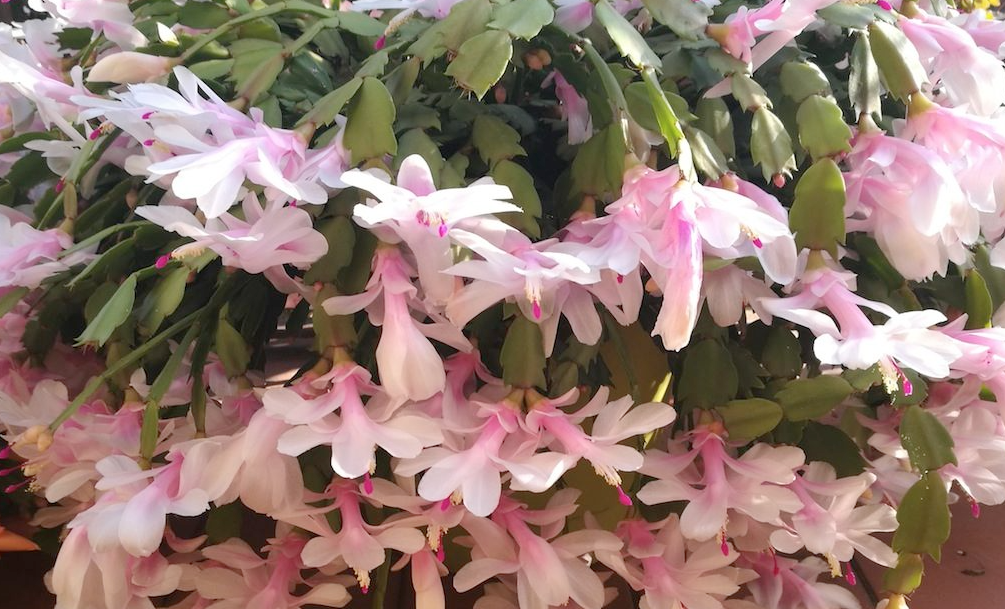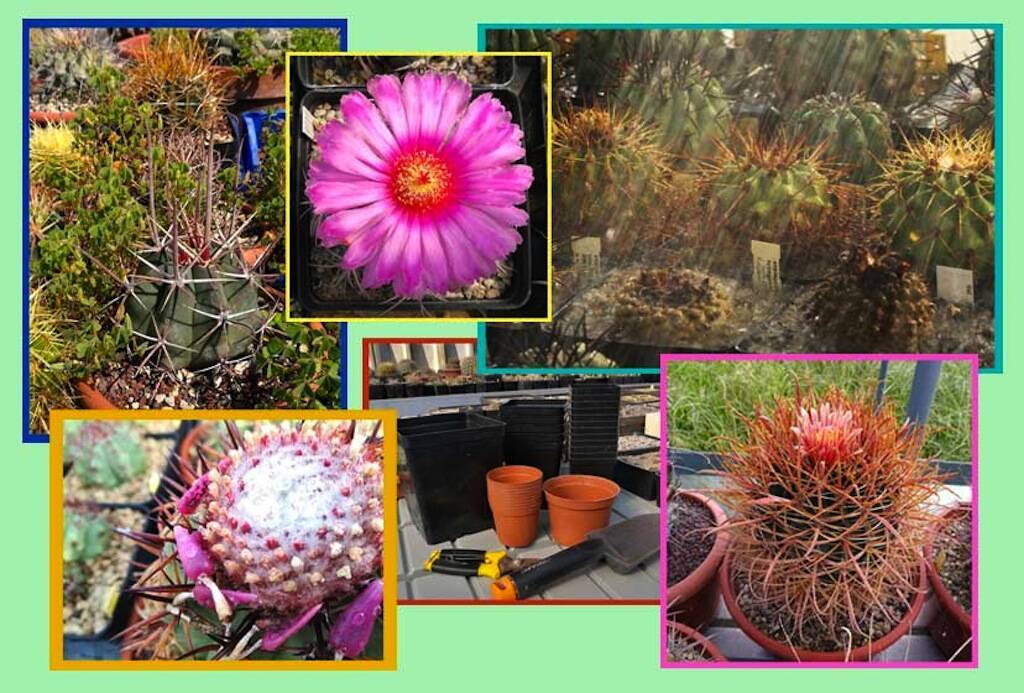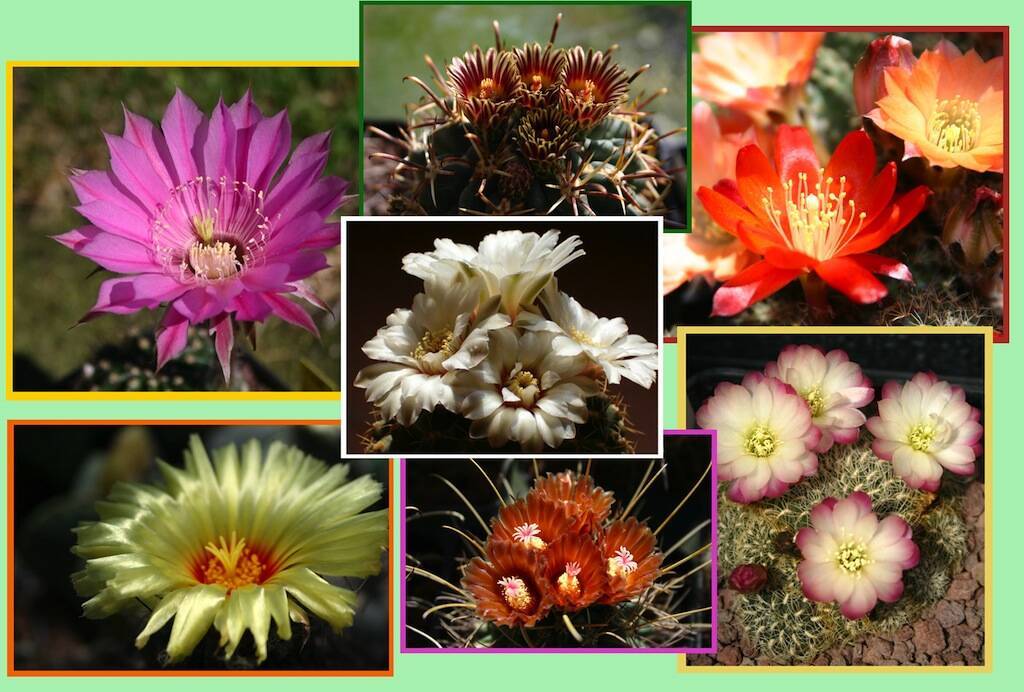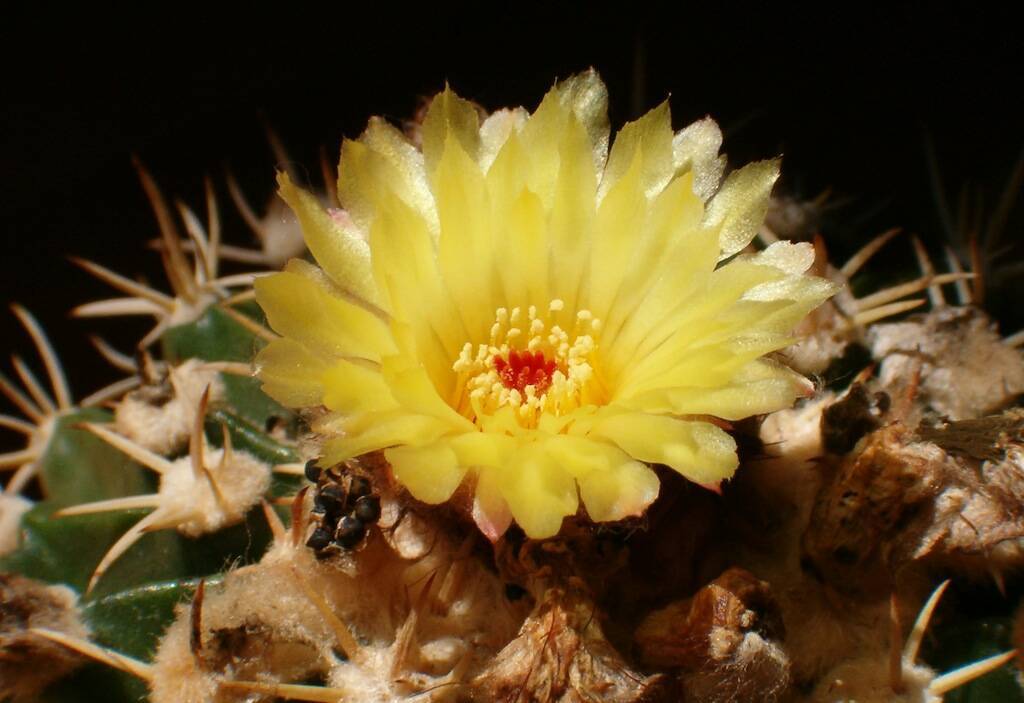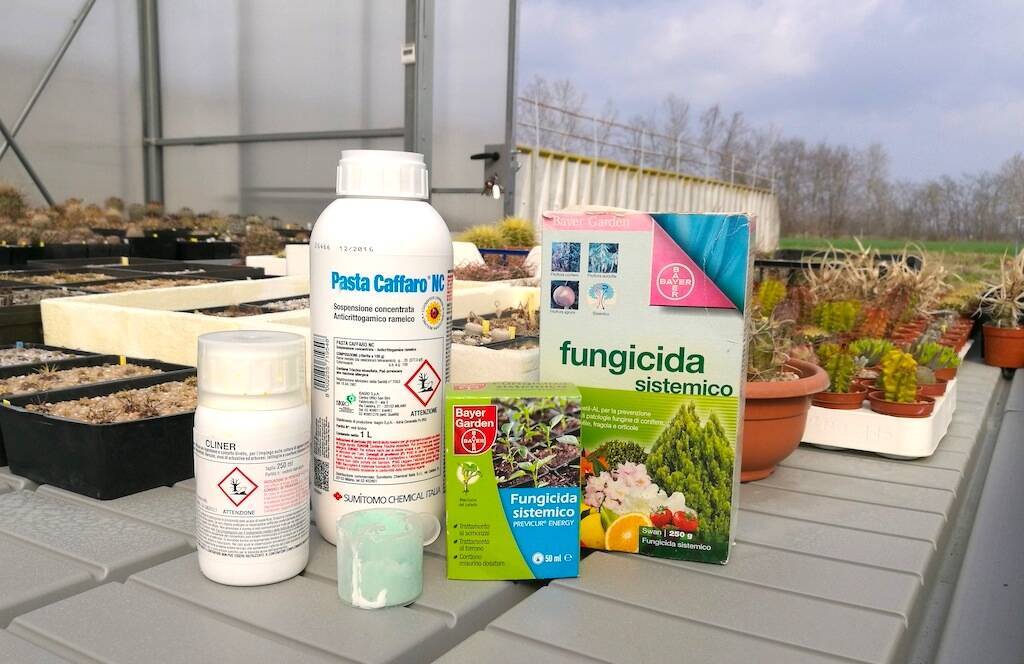As every year, between the end of November and the first half of December, my Schlumbergera blooms. As always, the blossoms are very abundant, with inflorescences on every “article” of the plants. These are very common, thornless cacti that I consider a classic “houseplant”, but no less interesting, than other genera. Let’s start by saying that Schlumbergera are for all intents and purposes cacti (family Cactaceae). They are epiphytic succulent plants that in nature live leaning on other plants that simply act as a support (epiphytes are therefore not parasitic plants). This genus, also commercially known as “Christmas cactus” because they bloom at this time of year (actually they bloom from November), is very beloved even among non-succulent enthusiasts.
In this article, we’ll learn how to cultivate the “Christmas Cactus”, for obtaining its abundant blooms without any problems. (…)
Continue reading “Schlumbergera, the “Christmas cactus”: how to make it bloom in all its abundance”


